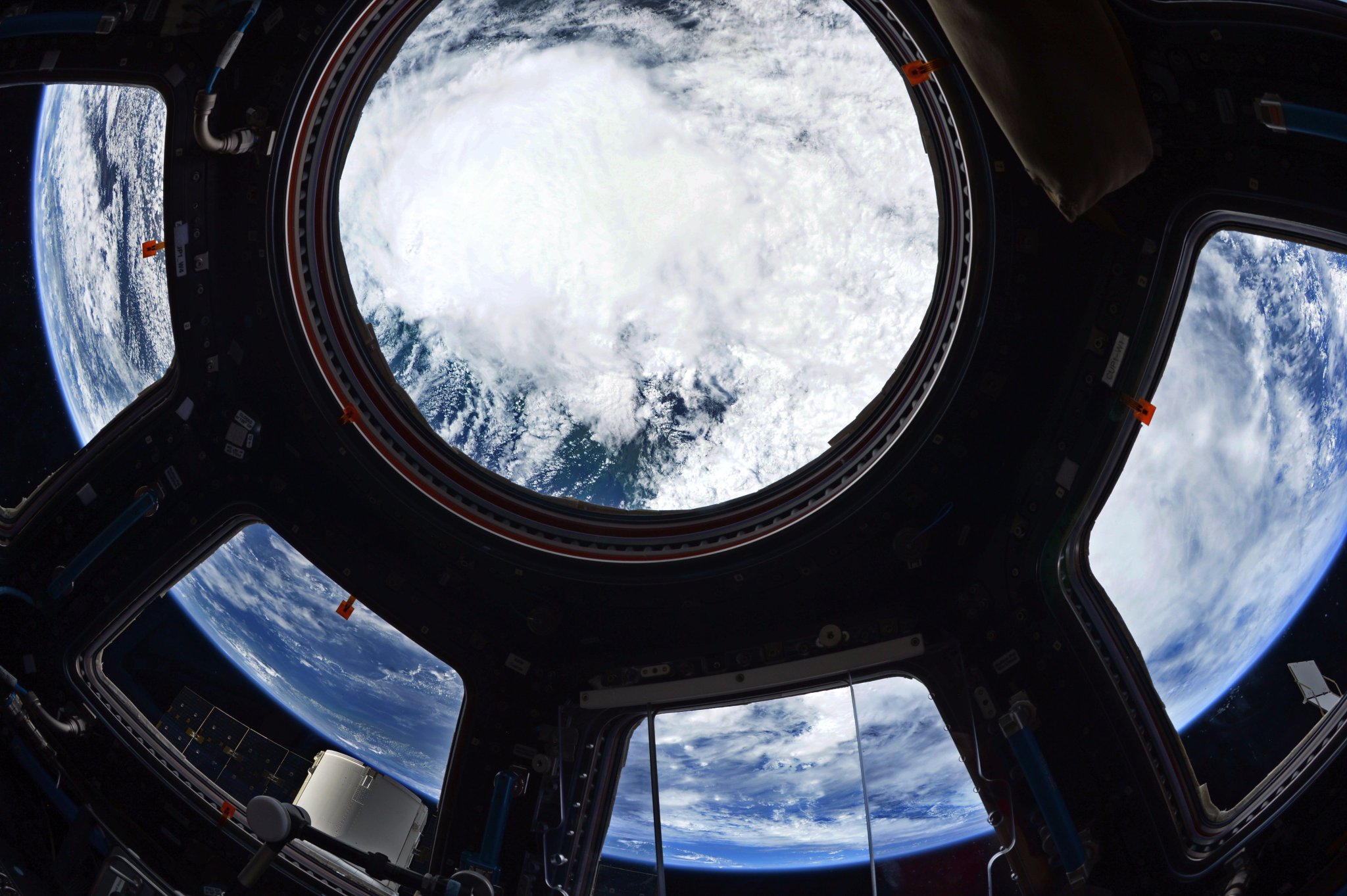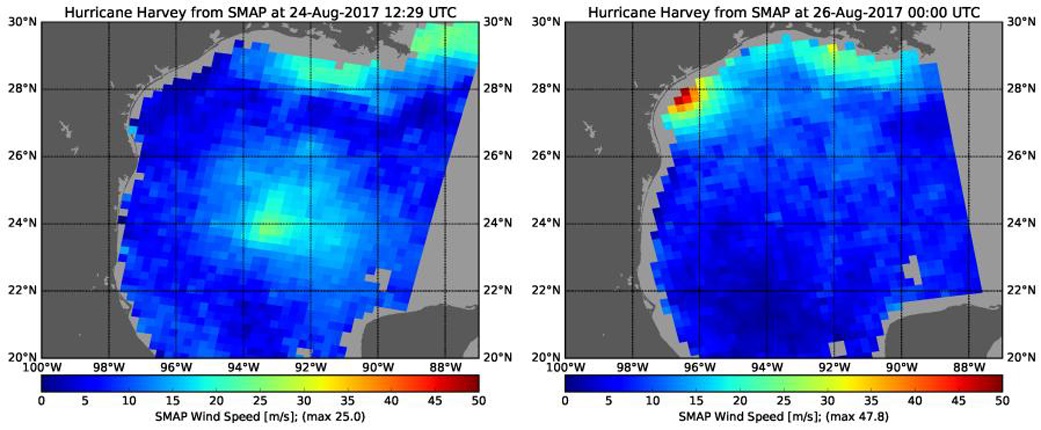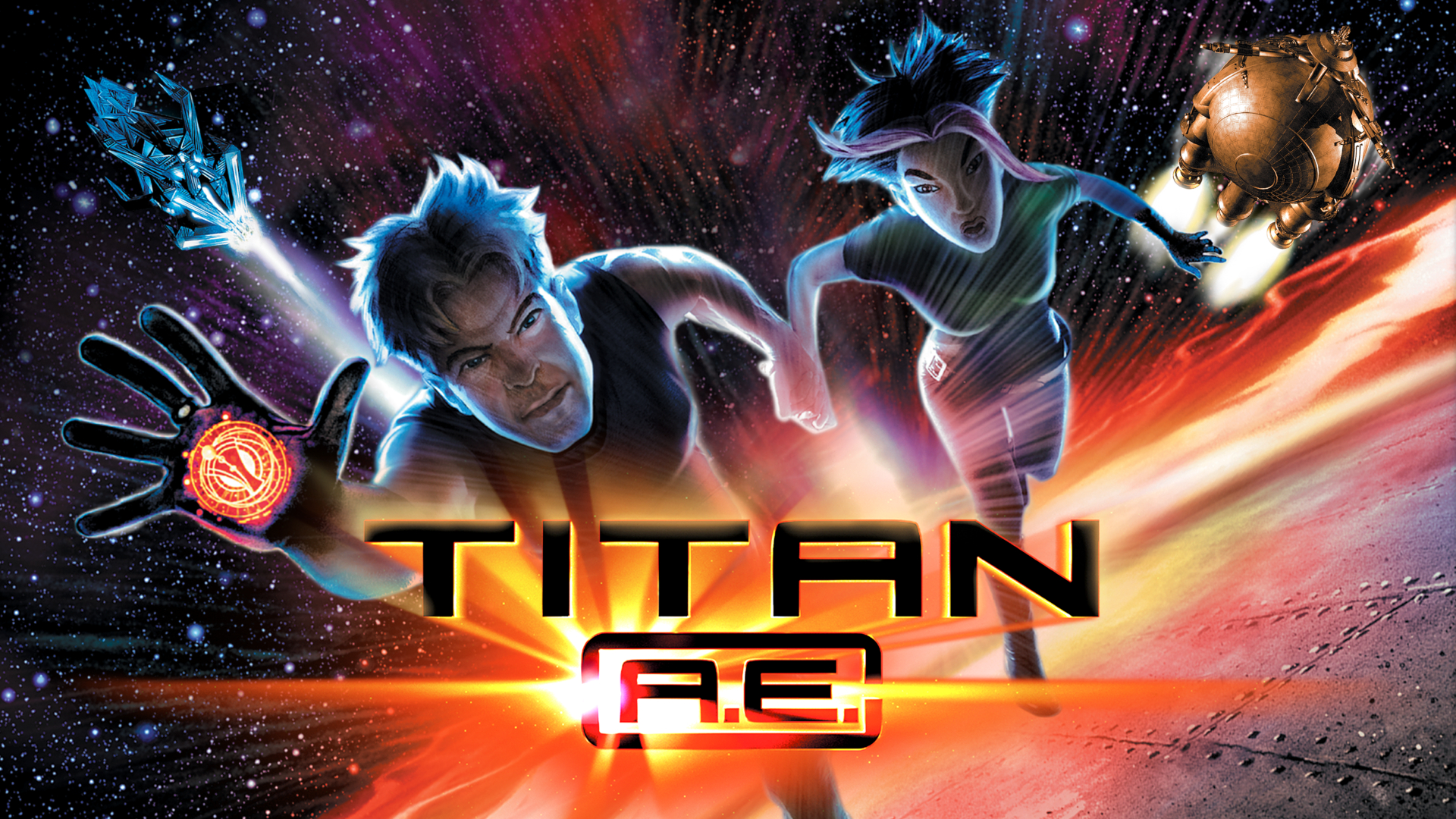NASA's Johnson Space Center Braces for More Flooding from Harvey
As the rain continues today (Aug. 29), NASA's Johnson Space Center (JSC) in Houston is bracing for more flooding from Tropical Storm Harvey.
According to JSC's emergency management news service, the space center will remain closed today to non-mission-essential personnel — total rainfall has reached more than 42 inchesat the building that houses NASA's Mission Control, the service said. Flash flood warnings will continue until 11:15 p.m. local time.
The JSC's emergency Twitter feed has continually posted updates, stating earlier today that they will evaluate when it's safe for teams to check the facility's rooms and infrastructure.

Meanwhile, NASA's Soil Moisture Active Passive (SMAP) satellite has monitored the storm's rapid intensification, NASA officials said in a statement.
"The images show Harvey's maximum wind speeds increased from approximately 56 miles per hour (25 meters per second) to about 107 miles per hour (47.8 meters per second) in the 36 hours just before landfall," NASA officials said. Several other US spacecraft have also kept tabs on the storm.

Aboard the International Space Station, crew members continue to document the storm's sprawling swirl: "This massive storm covers much of the horizon from up here," NASA astronaut Randy Bresnik wrote yesterday (Aug. 28).
Get the Space.com Newsletter
Breaking space news, the latest updates on rocket launches, skywatching events and more!
At least nine have died, and more than 30,000 people in Houston and the Gulf Coast may need temporary shelter in the wake of the storm, which hit Texas' southeast coast Friday night (Aug. 25), the Los Angeles Times reported. The area continues to be dangerous in the face of sustained flooding.
"As soon as it becomes possible, we will assess the damage, rebuild, support each other and continue carrying out our mission," Ellen Ochoa, JSC's director, wrote in an update this morning. "My thoughts are with you as we weather this storm together."
Email Sarah Lewin at slewin@space.com or follow her @SarahExplains. Follow us @Spacedotcom, Facebook and Google+. Original article on Space.com.
Join our Space Forums to keep talking space on the latest missions, night sky and more! And if you have a news tip, correction or comment, let us know at: community@space.com.

Sarah Lewin started writing for Space.com in June of 2015 as a Staff Writer and became Associate Editor in 2019 . Her work has been featured by Scientific American, IEEE Spectrum, Quanta Magazine, Wired, The Scientist, Science Friday and WGBH's Inside NOVA. Sarah has an MA from NYU's Science, Health and Environmental Reporting Program and an AB in mathematics from Brown University. When not writing, reading or thinking about space, Sarah enjoys musical theatre and mathematical papercraft. She is currently Assistant News Editor at Scientific American. You can follow her on Twitter @SarahExplains.
